5. The Terminator (1984)
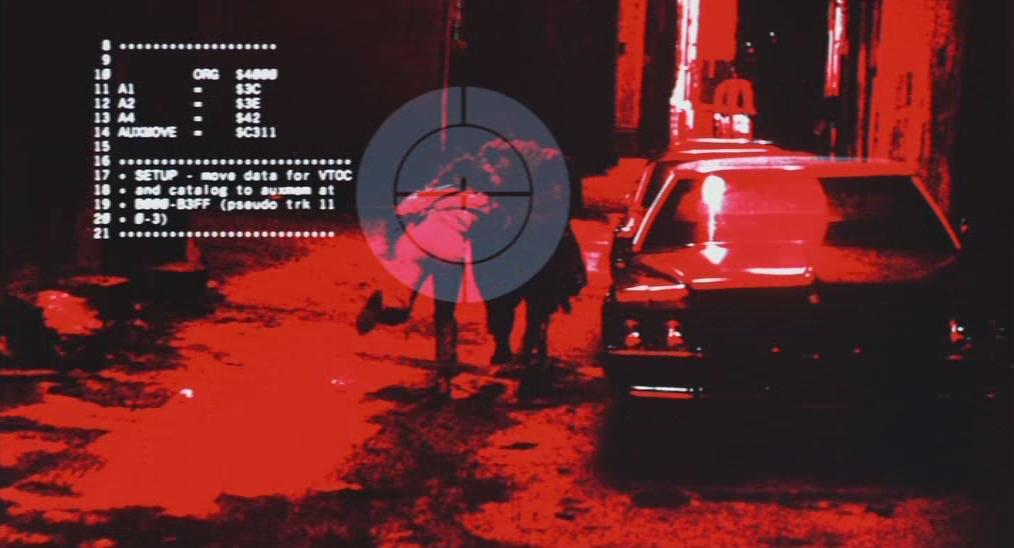
Overshadowed by its larger scale sequel, “The Terminator” is a gritty and focused thriller that helped define the modern sci-fi/action film. While “Terminator 2: Judgment Day” was certainly the epitome of a blockbuster, “The Terminator” feels like an indie by comparison due to its gloomy and often claustrophobic ambiance. It combines “Halloween” inspired slasher tropes with the understated cool of “The Driver” to create an exciting but tightly written merger of several types of science fiction. In a similar vein to “Blade Runner”, “The Terminator” employed a dark futuristic aesthetic exemplified by the name of the nightclub the Reese/Terminator gunfight takes place in – Tech Noir.
The first film introduces audiences to Sarah Connor, one of the more underrated final girls, as the target of two mysterious men from an apocalyptic future. The film is necessary if only to understand her incredible arc from hapless waitress to hypervigilant doomsday prepper to world-weary badass. Of course, it also introduces the first Terminator, catapulting Arnold Schwarzenegger to film stardom where he would spend decades shooting guns and spitting iconic catchphrases. The Schwarzenegger factor alone makes “The Terminator” the most influential action film of the decade aside from “Die Hard”.
“The Terminator” also launched the career of filmmaker James Cameron, the little gem at the base of the blockbuster heavyweight’s varied and often criticized oeuvre. It began one of the longest-running franchises in sci-fi history, with features and characters so specific that, while valuable to future generations of time travel/dystopian media, they couldn’t be too closely imitated.
4. Stranger Than Paradise (1984)
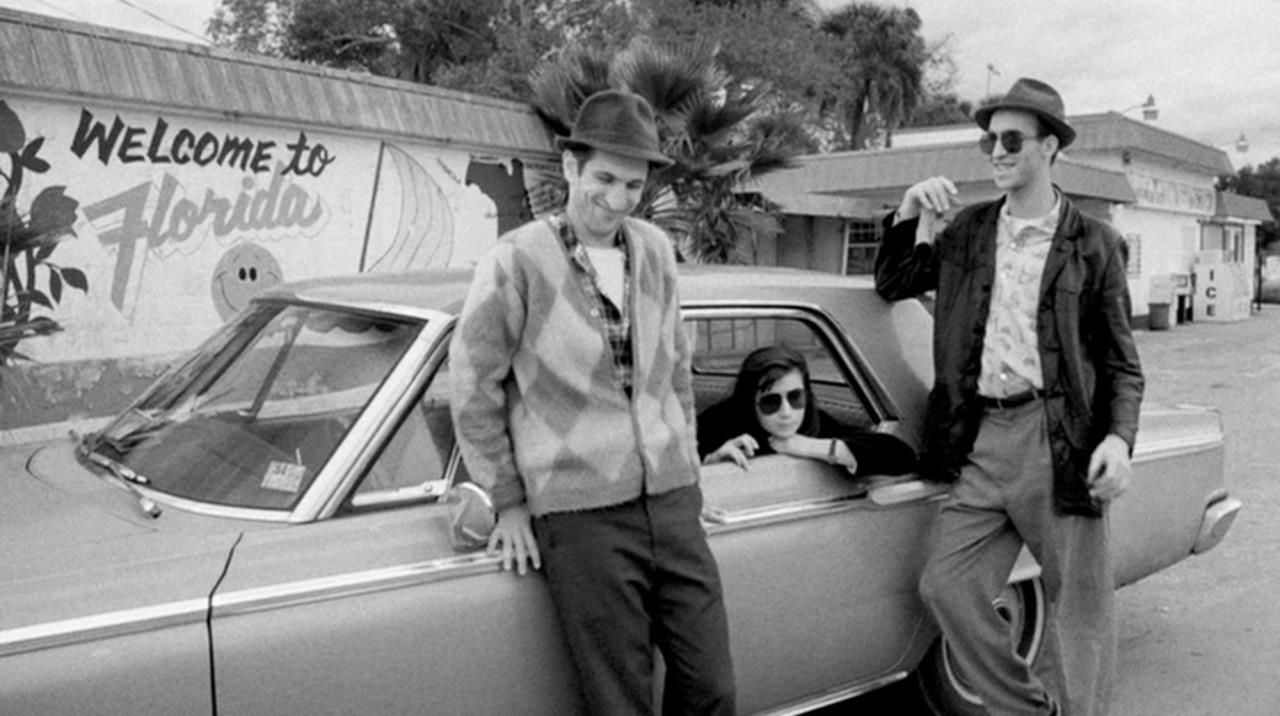
It’s impossible to discuss the American independent film movement of the ‘80s that would eventually birth the 90’s boom without bringing up Jim Jarmusch, prolific filmmaker and icon of the hip and cool. His landmark contributions, notably “Stranger Than Paradise”, established the aesthetic and tropes of contemporary arthouse cinema. He set an inspiring and intimidating example for other fledgling filmmakers as far as what could be done with low-budgets and a disregard for conventional film techniques.
In many ways “Stranger Than Paradise” feels like a dry run for his next feature, 1986’s “Down By Law”. There are a trio of characters including a lovable European immigrant on a black-and-white journey (this time beautifully shot by Tom DiCillo) to different American landscapes. There’s also the infrequent but powerful use of songs, Screamin’ Jay Hawkins’s “I Put A Spell On You” in this case. The influence of “Stranger Than Paradise” remains to this day as plotless mumblecore films can trace their ancestry to its stark minimalism, modernized beatnik sensibility, and contemplative mood.
3. Die Hard (1988)
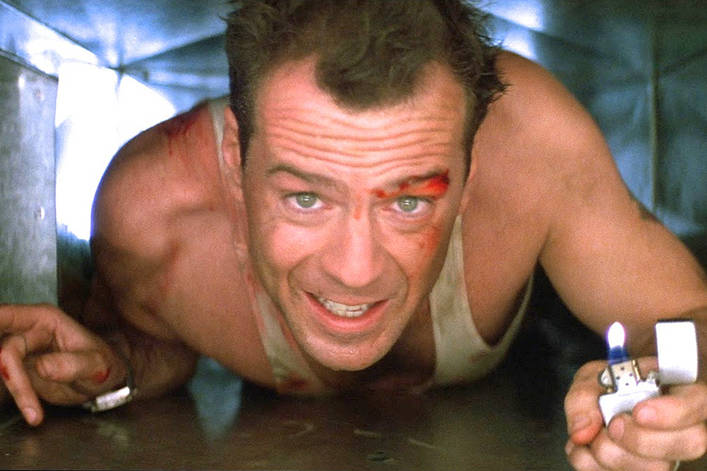
“Die Hard” is the most beautiful action film of the 1980s if not ever. The most impressive films are built around premises that demand as much as possible from very little. This film only needed one corporate Christmas party, German terrorists, and a shoeless cop.
More than shooting, fistfights and explosions, it is set apart from other action films by its slick dialogue and some of the best reveals of the decade. Of course, the performances (notably Alan Rickman) also have no business being as engaging as they are. This film was Bruce Willis’s big chance to officially cross over into film from TV and it paid off as he went on to enjoy a long career as an in-demand leading man which included an entire “Die Hard” franchise. His role is also notable for a shift toward considering average joes as protagonists of major studio action films. Overall, “Die Hard” is the crown jewel of the action genre and, yes, perhaps the Christmas genre as well.
While “Die Hard” raised the bar, so many action films in the ‘90s (“Speed”, “Con Air”, etc.) imitated it that “Die Hard with a Vengeance” encountered difficulties in creating original scenarios these films hadn’t rushed to use already. And action films of the 21st century often suffer from being pushed so far into fantasy, CGI, and clumsy chaos that they deliver no real tension or fun. However, you can never really blame them for trying to do what “Die Hard” did so well.
2. The Thing (1982)
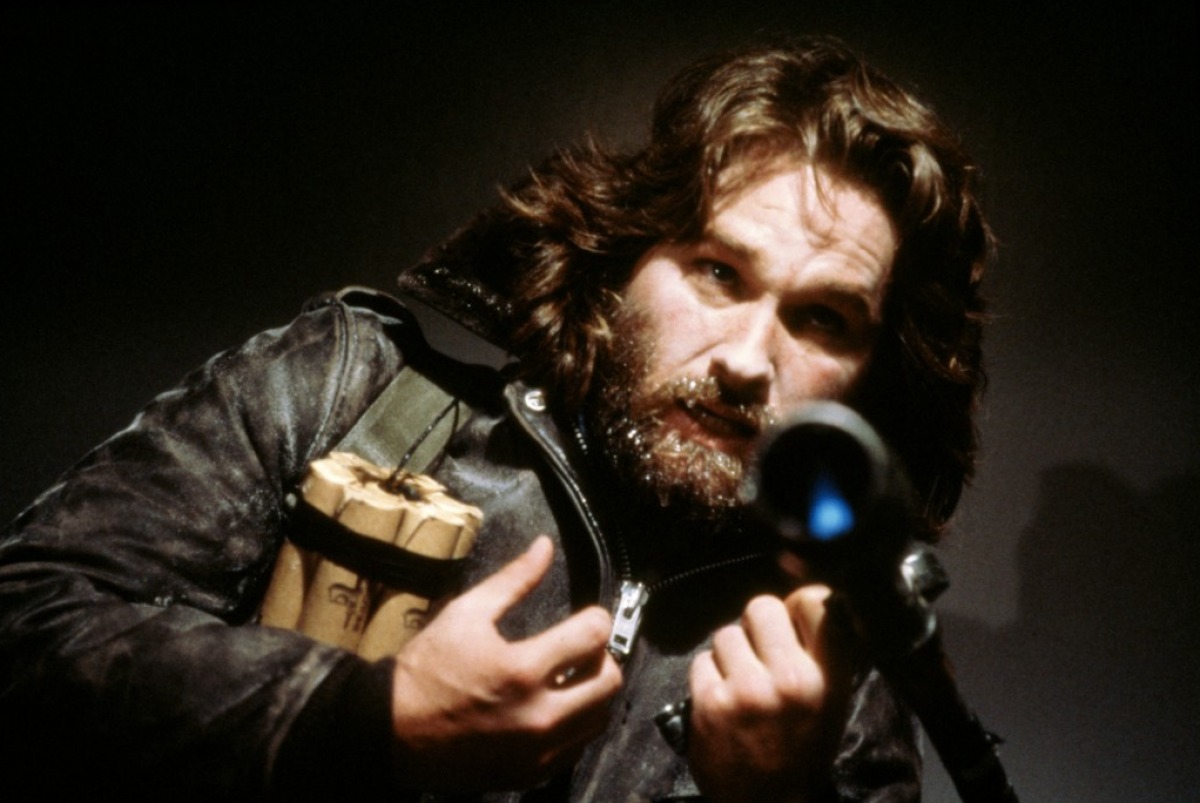
John Carpenter’s remake of “The Thing from Another World” is much more faithful to the original source material and much more frightening. It’s 1978’s “Invasion of the Body Snatchers” kicked up a few notches, with a monumentally grotesque monster and a lot more paranoia. It’s a tense and gruesome story of a parasitic alien that assimilates and imitates the bodies of research scientists in Antarctica, necessitating mistrust and panic within their group.
“The Thing” is 110% not for the squeamish as it is body horror to the max but it is beloved because it is more than nearly two hours of the “kill it with fire” meme. It is when the monster is invisible that the characters, and by extension, the audience feel a psychological horror wreaking havoc. Carpenter also makes relatively quiet isolation in the arctic larger than life through subtly dramatic zooms, tracking shots through narrow and cluttered passageways, and split diopter shots. Ennio Morricone does his best impression of a signature Carpenter synth score and it’s an understated pulse accenting the eerie drama of it all.
Despite its failure at release, “The Thing” became a highly influential cult favorite over time. Various major filmmakers have claimed to be inspired by it, including Guillermo Del Toro and J.J. Abrams. Quentin Tarantino also included plots of paranoia amongst groups in his films including “The Hateful Eight”. Its influence can also be seen across the entire horror/sci-fi genre beyond film, even in currently popular games like “Among Us”.
1. Blade Runner (1982)
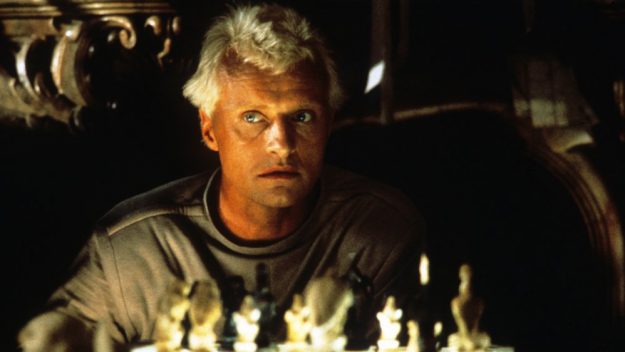
All modern dystopian sci-fi films are indebted to “Blade Runner”, particularly its vision for what “futuristic” looks like, flying cars and all. Intertwining “Metropolis” type design with 1940s noir elements, it is perhaps the most artful sci-fi film of its time. It also dares to be more philosophical than the market demanded at the time, exploring heavier themes than “Star Wars” as a loose adaptation of Philip K. Dick source material. All these attributes made for a cult hit that cast a long shadow on its many imitators all the way up to its own sequel over 30 years later.
The film shows us dystopic Los Angeles where rogue bio-engineered androids with short lifespans try to evade a cop who is conflicted over his mission to execute them. It’s dark and beautiful with compelling performances (RIP Rutger Hauer) and an ambient Vangelis score. Though many find its slow pace keeps it from living up to its hype, it is still very easy to love “Blade Runner” and credit is as the start of something big.
Part of its lasting significance is its complicated release history due to executive meddling, essentially spawning one of the most discussed topics in film culture today – the director’s cut. There are several versions of this one film with small changes that add up to drastically different effects in terms of its meaning and style.
It’s difficult to quantify the imprint of “Blade Runner” on art as a whole. In terms of film production, it is widely praised for its cutting-edge visuals and effects. It also features thinly veiled intertextual inspirations, pulling from classic art and literature which has made it the topic of seemingly endless academic analysis. It has impacted culture beyond live-action film, influencing the cyberpunk subculture and informing the look of games and anime.